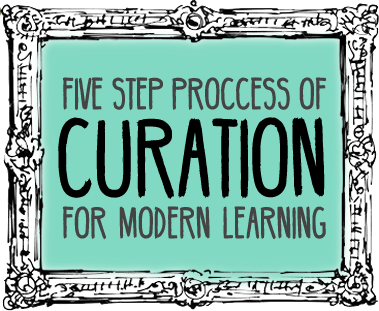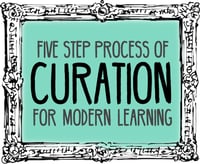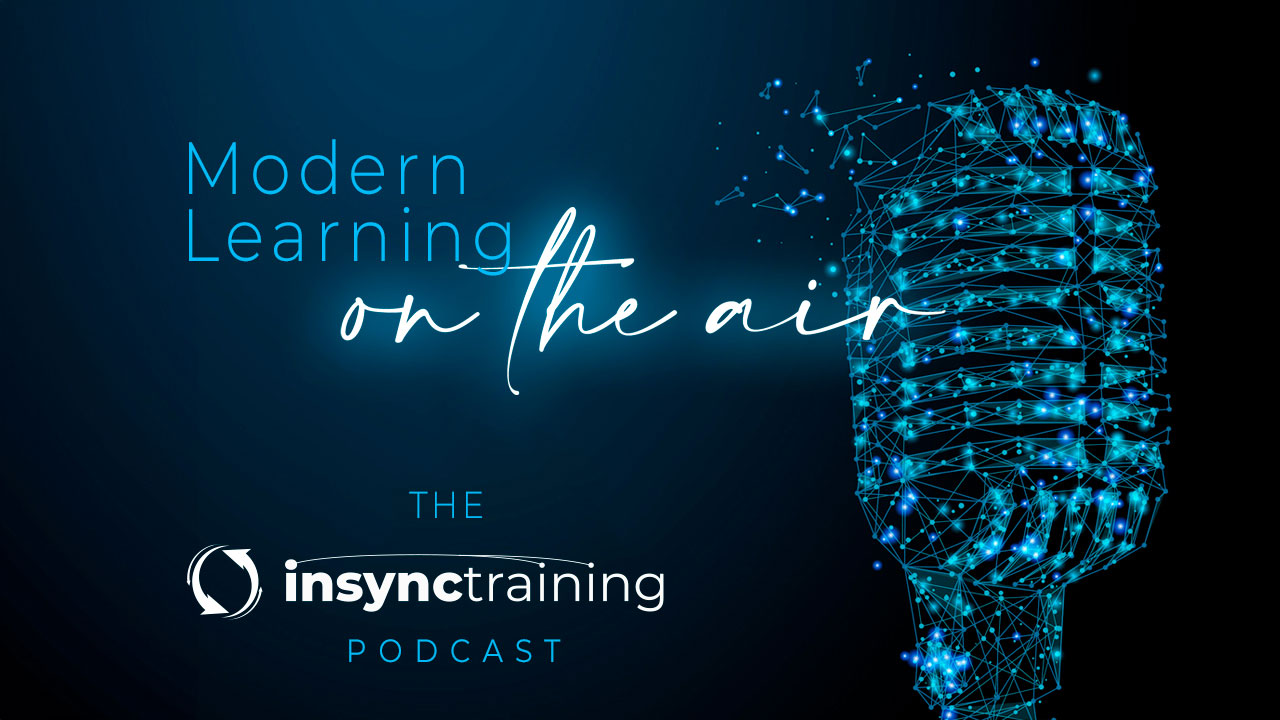Curation is the Key to Managing Your Personal Learning Network
If you’re like me, you are subscribed to dozens of email lists, content newsletters, and newsfeeds about virtual training and learning and...
3 min read
 Phylise Banner
:
Oct 6, 2022 2:57:07 PM
Phylise Banner
:
Oct 6, 2022 2:57:07 PM

 Although the term “curation” is buzzing around quite a bit these days, content curation is nothing new. Most of us have curated content at some point in time – creating a compendium of something, and adding our thoughts, opinions, insights, etc. before passing it on.
Although the term “curation” is buzzing around quite a bit these days, content curation is nothing new. Most of us have curated content at some point in time – creating a compendium of something, and adding our thoughts, opinions, insights, etc. before passing it on.
Curation happens naturally. You find something interesting, and you share it with me, along with why you like it, where you found it, and why you think I might find it interesting or useful.
Think about how museum curators develop a show for a gallery. They find and select artwork around a theme, provide annotations and framing, structure displays, create a mood with lighting, and design a pathway for visitors to move through the gallery space. In many cases, the curator also creates an exhibit guide or catalogue to go along with the show. When the show is over, the curator carefully restores the artwork to owners or protected storage.
We can learn from and translate the museum curation process into a content curation process for modern learning by implementing these phases:
As with every learning experience, we need to begin by defining our objectives, and in this case that would be defining the purpose of curating content. We naturally take the community into consideration when defining the purpose of our curation efforts, and the purpose itself will drive the theme.
Using an example of compliance training, themes are defined around the relevance the training has to each set of employees. In a safety training scenario, you can provide assembly line workers with curated content further explaining safety issues, and managers with a different set of curated content focused on new approaches to line safety.
In both the museum world and modern learning landscape, the exploration and content selection process requires an expert eye. Be sure that you understand the topics you intend to curate before you begin the curation process, and always keep the learners and purpose in mind while sifting and selecting the works you intend to share.
The greatest value of curated content comes through annotation and context. This is where you, as curator, add your expertise to the showcase of selected works.
In a modern learning scenario, annotation is more than letting your learners know where and when content was published, it is wrapping your knowledge around the selected content and contextualizing it.
To contextualize curated content, provide a title, short overview, and explanation of why you think the content is relevant to the learning community you are sharing with. At the very least, give them the answers to these questions:
Remember to reference where and when you located each piece of content that you share!
Sharing curated content within learning communities depends on the delivery mechanisms in place. You can share via company blog posts, learning community sites, workplace groups, social media sites, etc. The important thing to remember is to be consistent with your theme, and with the way you contextualize the curated content you are sharing.
Provide updates on a regular basis, but not randomly. Maintain a schedule and prepare your learners to expect new curated content at regular intervals. And just like in the museum, advertise and broadcast every new exhibit!
Remember, every gallery show eventually comes down, and the resources that you have shared may become irrelevant and dated. When you develop a curation schedule, be sure to build in time for review, removal, and updates.
Curation, in the true sense of the word, is not just about selecting and displaying information, it is about preserving and caring for the information that you share. Preservation and care within the modern learning landscape comes about through thoughtful storage, archiving, and cataloging of curated content.
Every curator keeps records on the items that have been displayed, including when, where, and how they were showcased. Be sure to tag, save and catalog everything you share so that when learners ask for materials months or years after you have shared them, you will be able to find and share again.
Preservation and care also come when you ask your learners for feedback on curated materials. That feedback will enable you to refine the scope of works that you share, and to focus the context you provide in the future.
Next time you are tasked with curating learning materials, consider the perspective of a museum curator. Treat every resource you share as a priceless work of art, and your audience as regular visitors to your gallery. I guarantee you will curate noteworthy results!

If you’re like me, you are subscribed to dozens of email lists, content newsletters, and newsfeeds about virtual training and learning and...

Transcript: A Conversation with Jennifer Hofmann and Karen Vieth Tune into the InSync Podcast where Karen Vieth, the Vice President of Virtual...

A Conversation with Jennifer Hofmann and Karen Vieth Tune into the InSync Podcast where Karen Vieth, the Vice President of Virtual Learning...